Cherry Ong has taken us to visit the beautiful grounds at Hatley Castle before, during the summer (GPOD on the Road: Hatley Castle). Luckily for us, she went back this spring to see it in its early-season glory. So while it may be summer at the moment, this GPOD post takes us back in time to May to look at the early blooms.
The castle is at the Royal Roads University in Victoria, British Columbia.
Back in the woodland gardens, epimediums show off in early spring. This yellow is Epimedium × perralchicum (Zones 5–9). Epimediums may look airy and delicate, but they are durable plants and particularly well suited to difficult dry shade spots.
In addition to lovely flowers, many varieties of epimediums have foliage that emerges speckled with color like this one. In recent years, many new species and hybrids have been introduced to the market, greatly expanding the options available in this beautiful, easy-to-grow group of plants.
New fronds on this ostrich fern (Matteuccia struthiopteris, Zones 3–7) are just unfurling.
A tapestry of woodland perennials fills in under the trees before they leaf out.
The architecture makes this garden special.
Erythronium ‘Pagoda’, (Zones 4–9), a hybrid of two species native to western North America, thrives in woodland shade conditions and opens its elegant, lily-like flowers in the spring.
View of the castle itself
A very different kind of fern unfurls its fronds. This is a tree fern (perhaps the species Dicksonia antarctica, Zones 9–10), so called because it builds up a sort of trunk that gets taller each year, with the huge fronds unfurling from the top.
Drumstick primrose (Primula denticulata, Zones 2–8) blooming in the bog garden
Japanese primroses (Zones 4–8) bloom in the bog garden. These primroses need consistently moist conditions in a bog or next to a stream. If they get those conditions, they are easy to grow and bloom beautifully.
A western skunk cabbage (Lysichiton americanus, Zones 7–9) in the bog garden shows off its huge bold leaves and attractive yellow flowers. This is the species native to western North America. Eastern skunk cabbage (Symplocarpus foetidus, Zones 3–8), found in swampy areas of eastern North America, grows in similar conditions and has similar-looking leaves, but its flowers are brown and specked and (to my nose anyway) do far more to earn the name of skunk cabbage.
Have a garden you’d like to share?
Have photos to share? We’d love to see your garden, a particular collection of plants you love, or a wonderful garden you had the chance to visit!
To submit, send 5-10 photos to gpod@taunton.com along with some information about the plants in the pictures and where you took the photos. We’d love to hear where you are located, how long you’ve been gardening, successes you are proud of, failures you learned from, hopes for the future, favorite plants, or funny stories from your garden.
Have a mobile phone? Tag your photos on Facebook, Instagram or Twitter with #FineGardening!
Do you receive the GPOD by email yet? Sign up here.
Fine Gardening Recommended Products
Spear & Jackson 4930FZ Razorsharp Telescopic Tree Pruner
Fine Gardening receives a commission for items purchased through links on this site, including Amazon Associates and other affiliate advertising programs.
Telescopic tree pruner with SK5 carbon steel blade which stays sharper for longer. Variable length telescopic handle extends up to 92 Inch (2340mm). Lopper for cutting branches up to 1.2" (30mm). 13 inch (330mm) saw is ideal for cutting thicker branches. Supplied with a long cord and pull-action handle. Part of the Razorsharp Advantage collection, the obvious choice for gardeners who demand and expect precise, powerful performance. "Grow Your Own" Great British Growing 2020 Award Winners.
Gardener's Log Book from NYBG
Fine Gardening receives a commission for items purchased through links on this site, including Amazon Associates and other affiliate advertising programs.
This weatherproof five-year log book includes the following features:
· Sturdy waterproof cover to protect pages from rain and muddy soil
· Lined pages and gridded paper for plotting beds
· Five years of 12-month bloom and harvest grids for recording what you planted and when
· Authoritative appendices on composting, pruning, pest and disease control, and container gardening
· Useful reminders by season on fertilizing, mulching, and transplanting
· Space for listing your favorite sources and suppliers.
The Regenerative Landscaper: Design and Build Landscapes That Repair the Environment
Fine Gardening receives a commission for items purchased through links on this site, including Amazon Associates and other affiliate advertising programs.
2024 Nautilus Award Gold Medal Winner! This awe-inspiring guide weaves together permaculture design, food resiliency, climate adaptation, community organizing, and indigenous wisdom that you can implement in your own backyard.

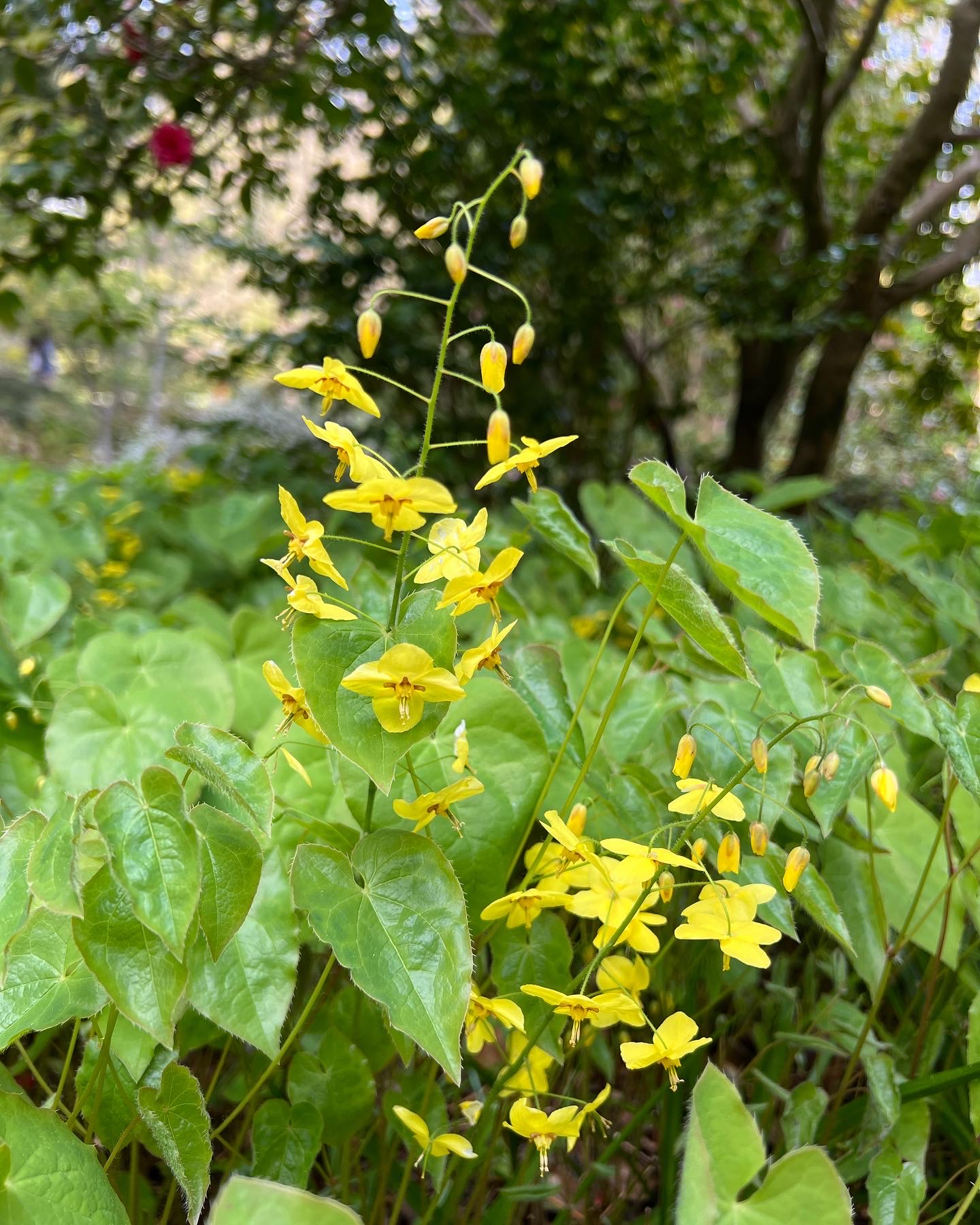
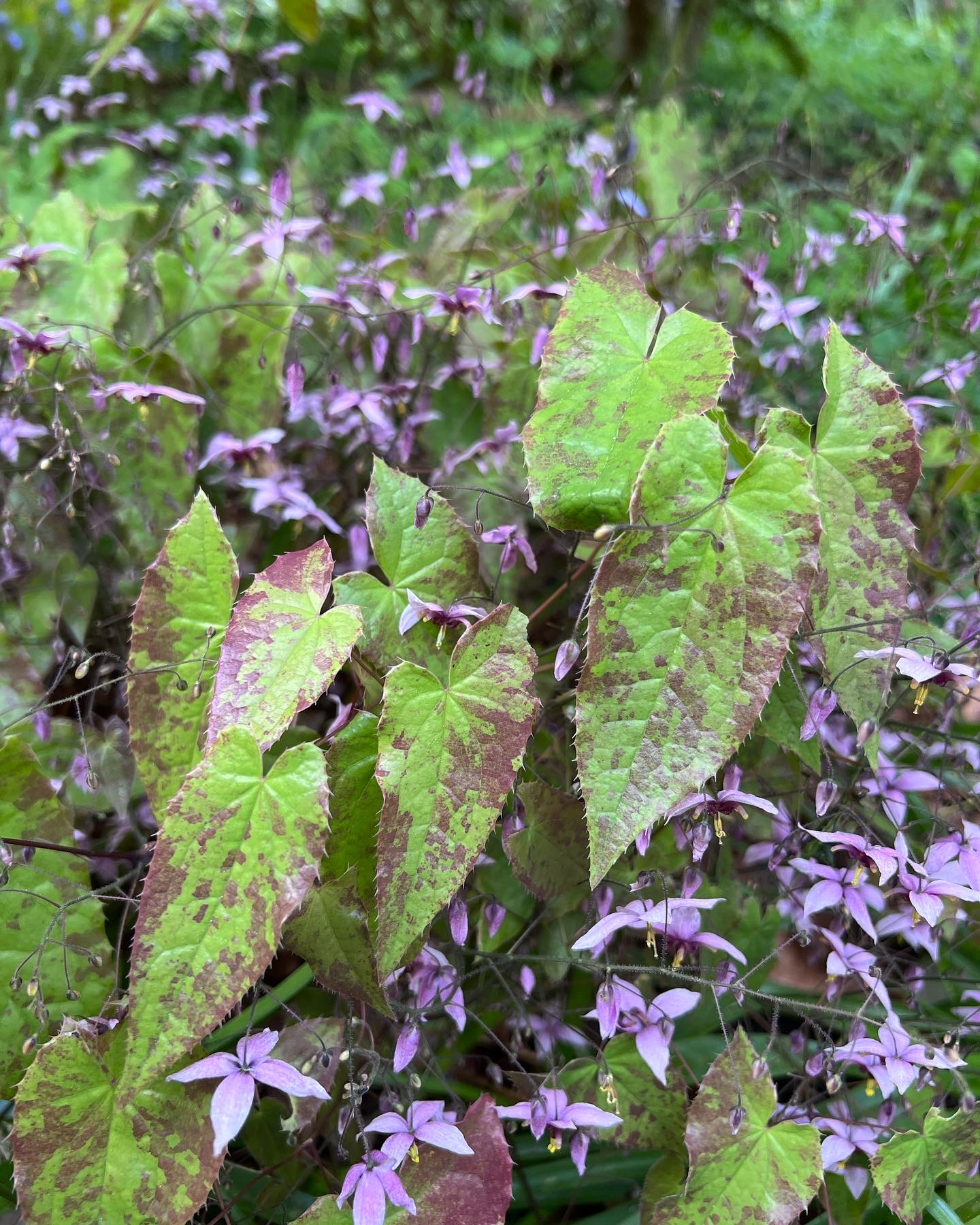
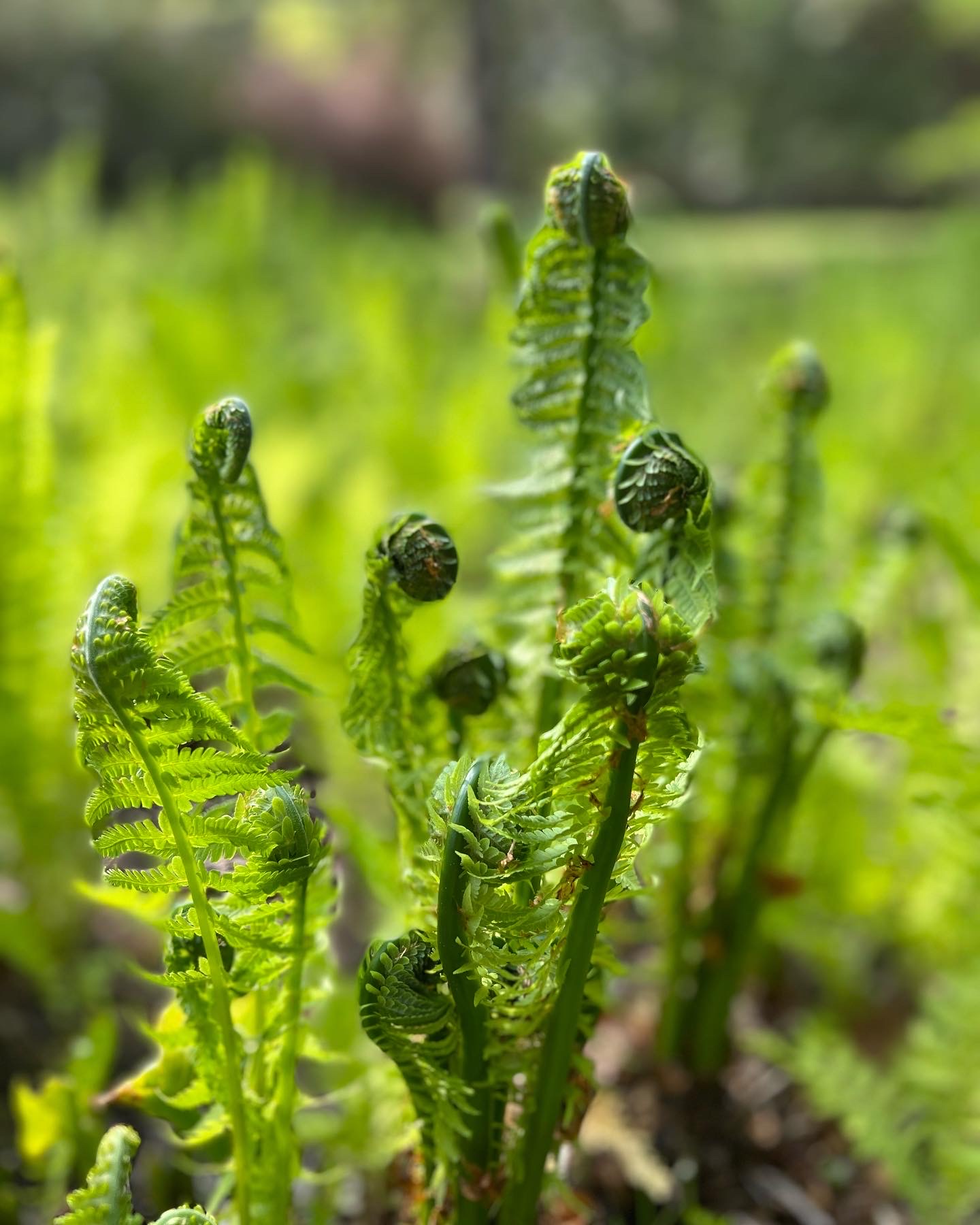
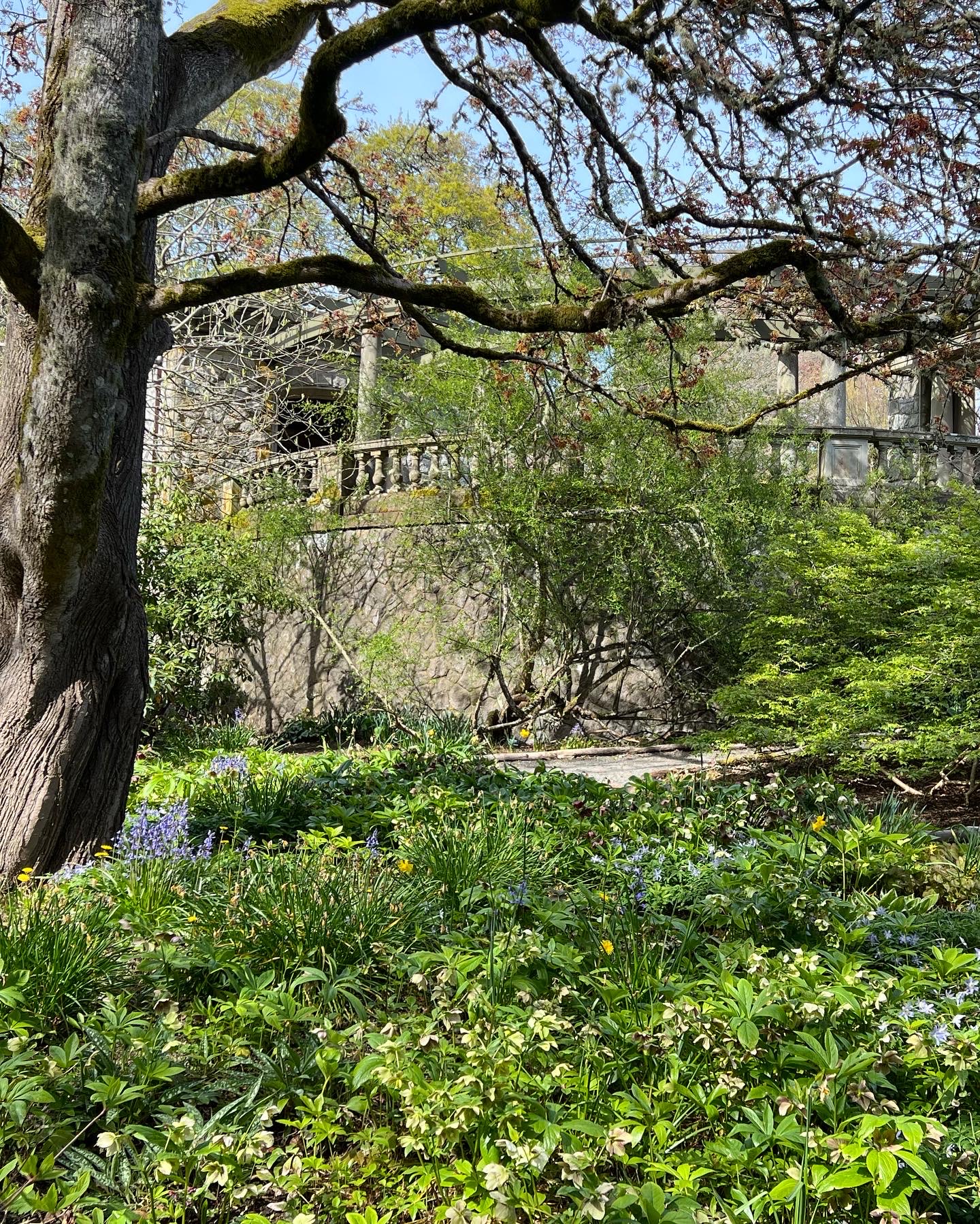
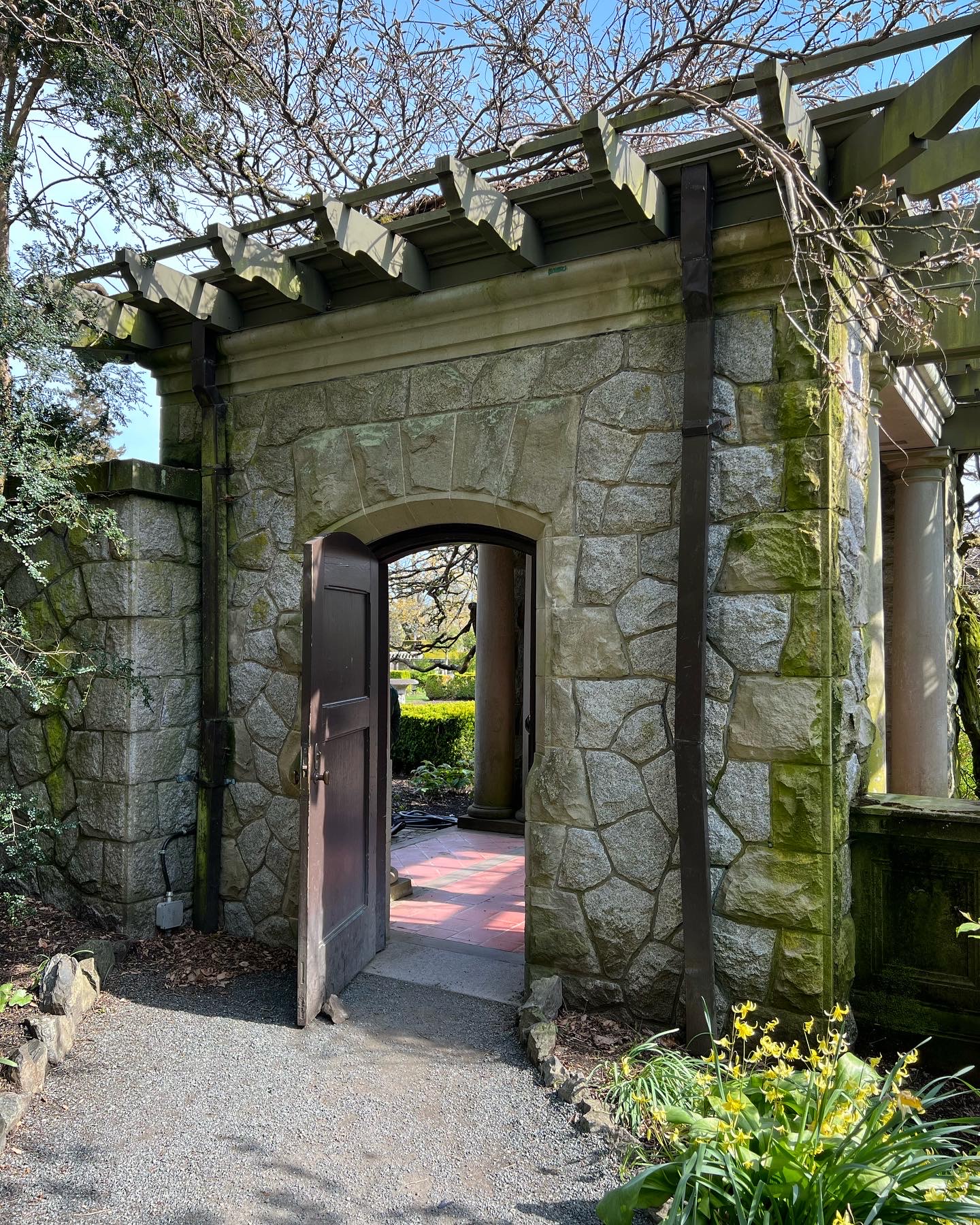

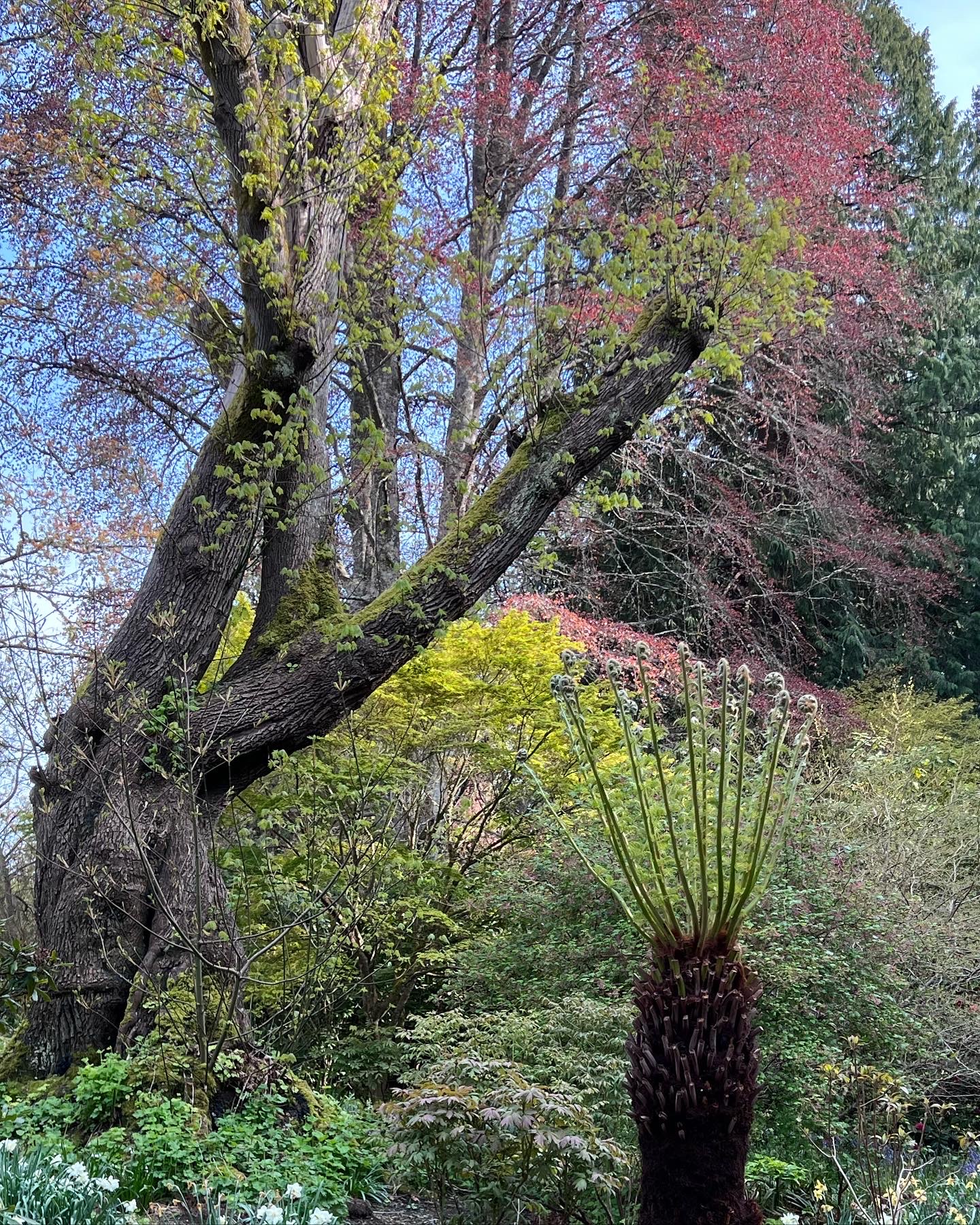
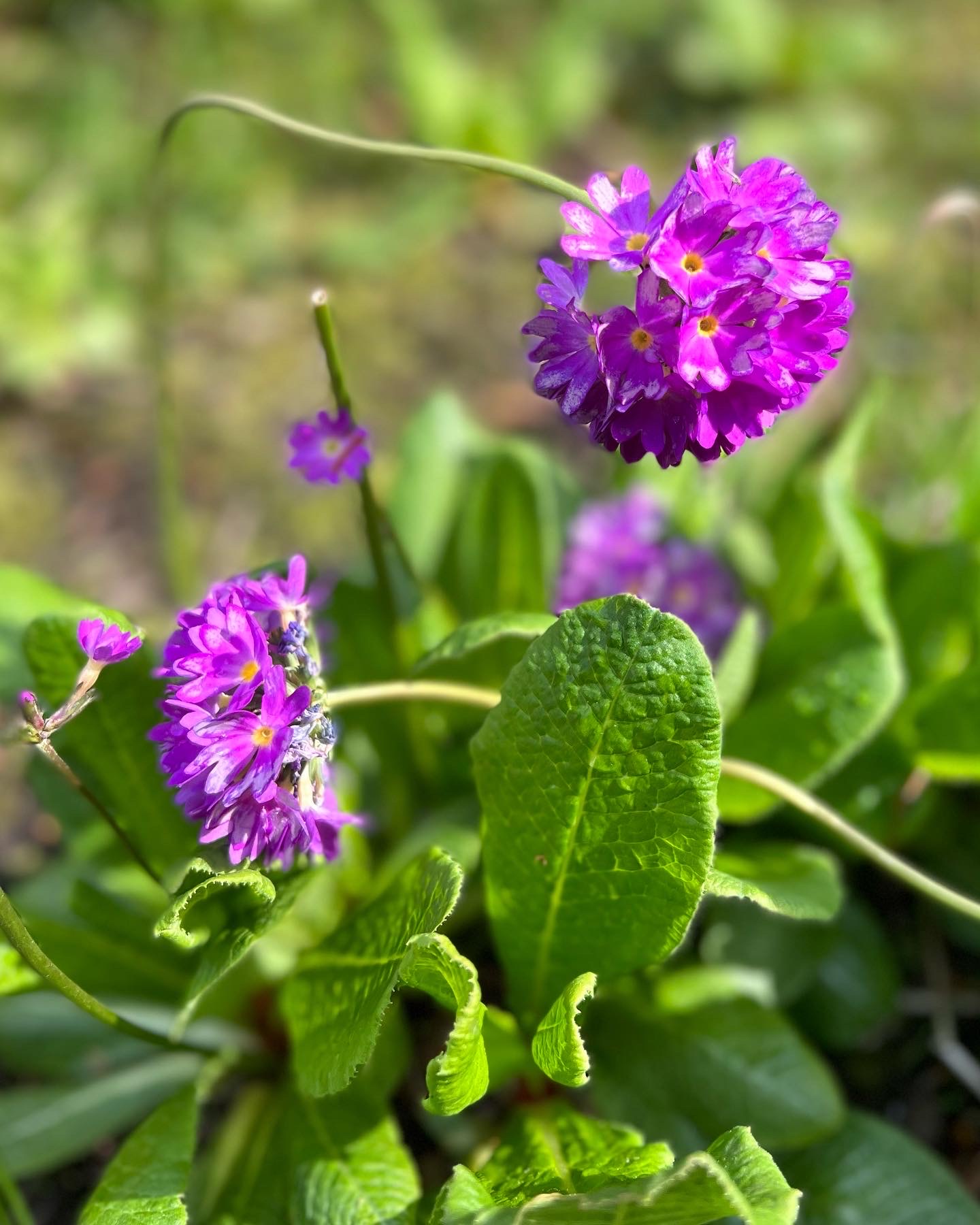
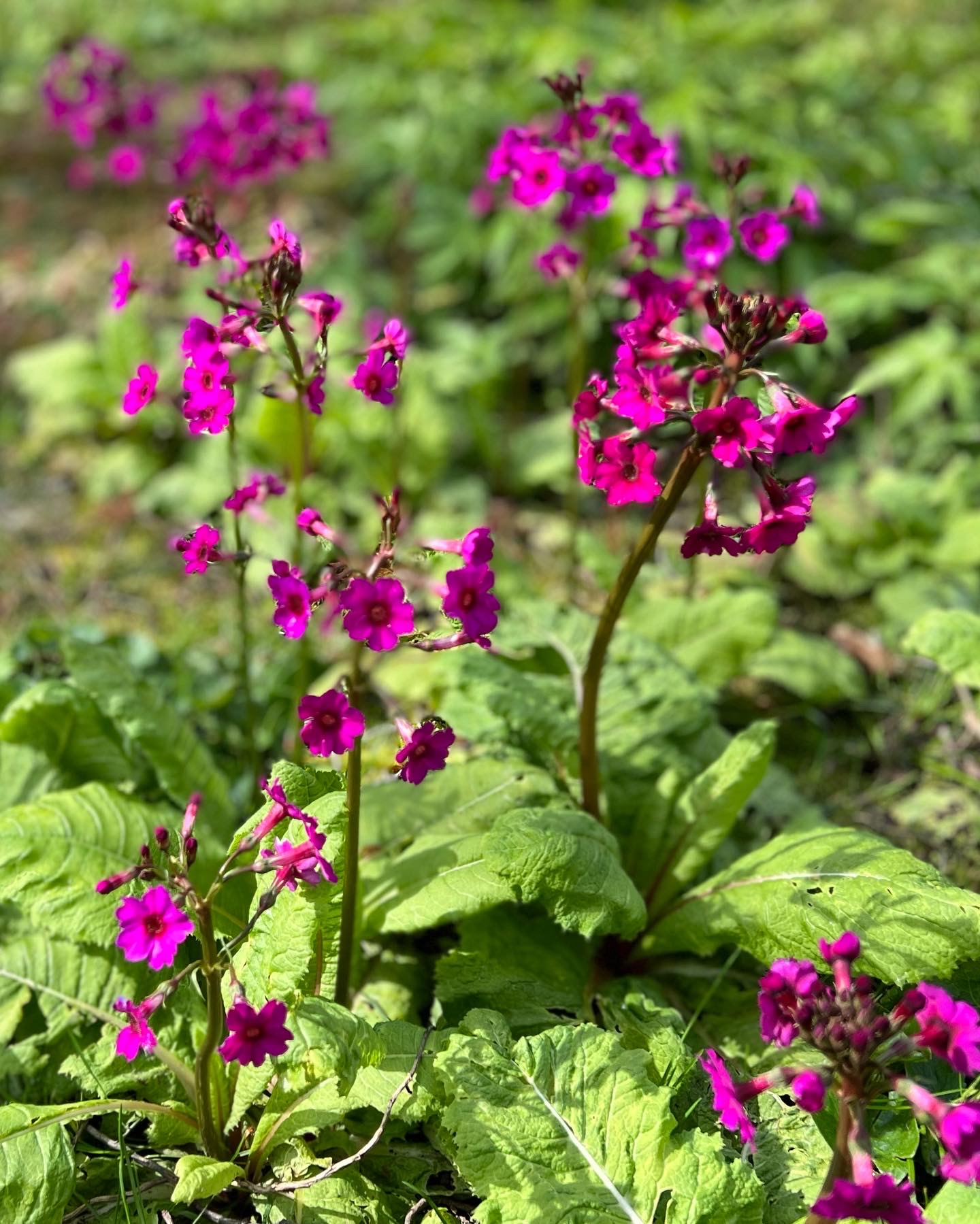
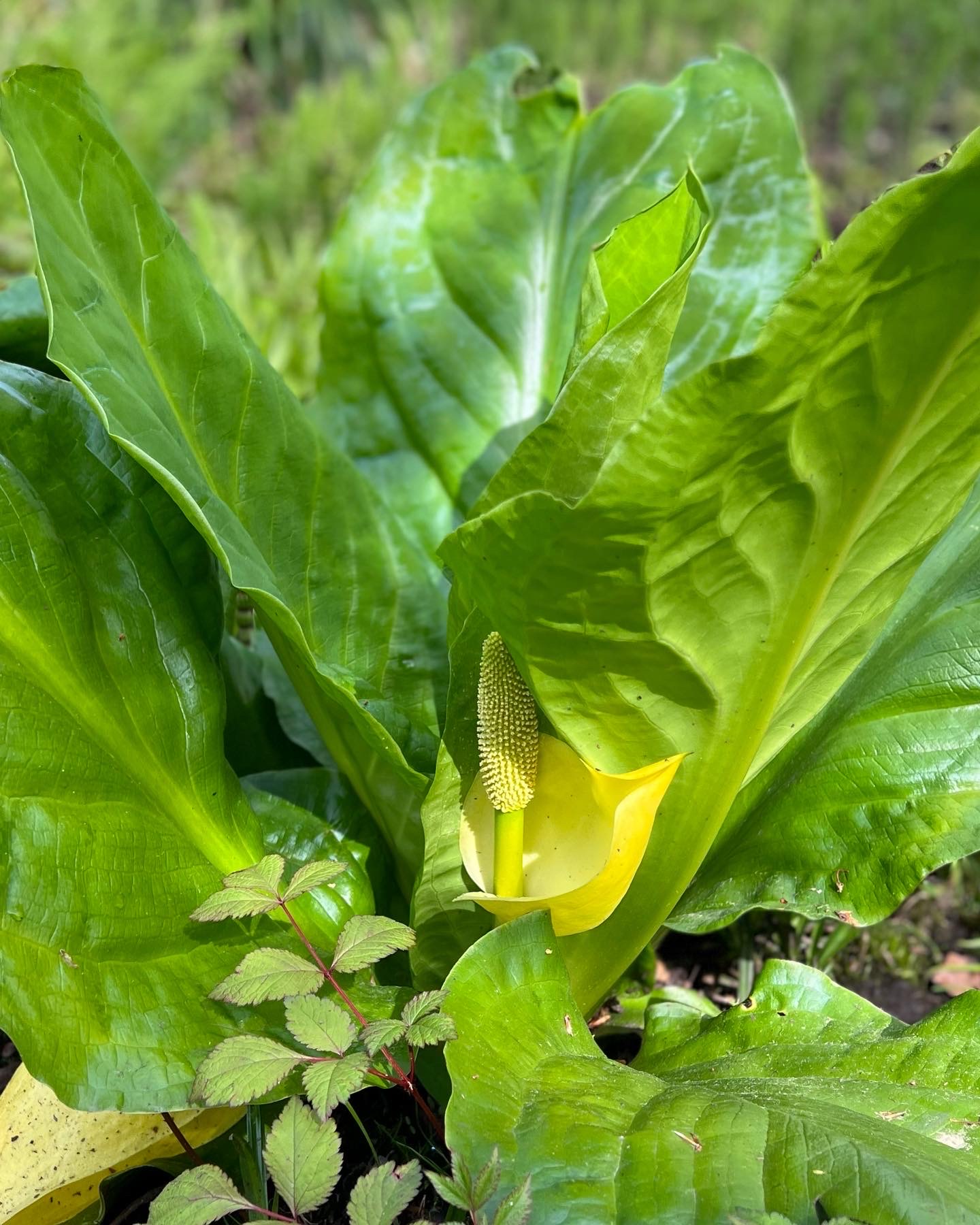




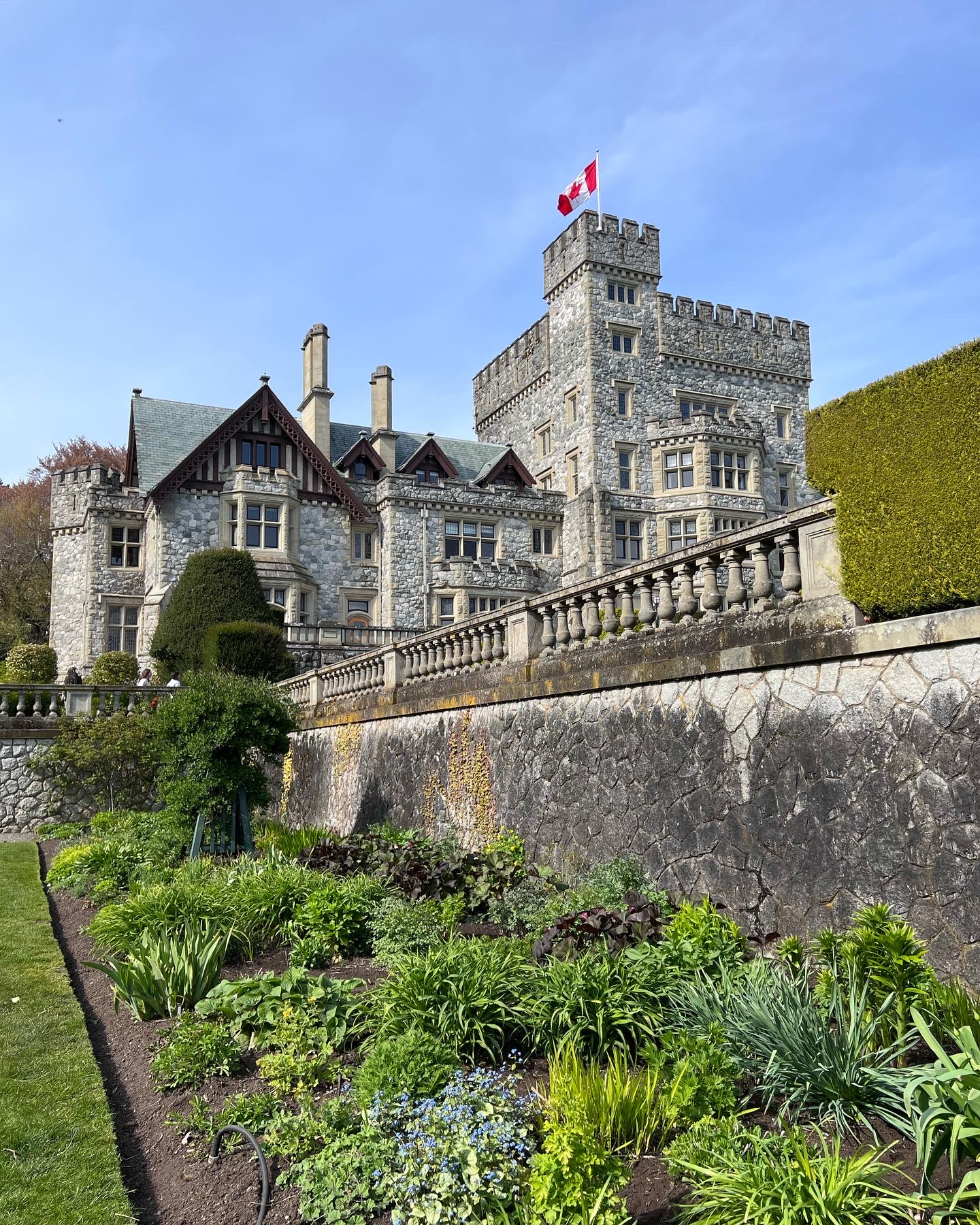
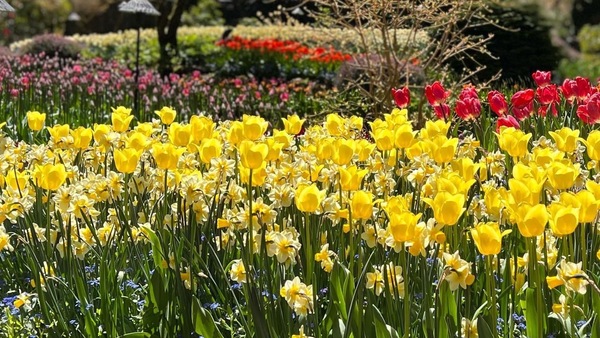
















Comments
Cherry Ong you are amazing for going on so many garden tours and sharing them with us here! Thank you!
What a beautiful place, I saved the epimedium photo with the purple flowers.
Love that stone gazebo type structure in the garden as well as the castle!
Thank you. I hope you can visit Hatley some day. Admission is free.
Thank you, Cherry, your photos are wonderful. I appreciate your ability to visit...and photograph, so many lovely gardens.🌱✨🌱
You're welcome. Happy to share these virtual tours. I learn a lot when I visit any garden any season of the year.
Very lucky to have you as part of GPOD.Thanks for your beautiful posts
Log in or create an account to post a comment.
Sign up Log in